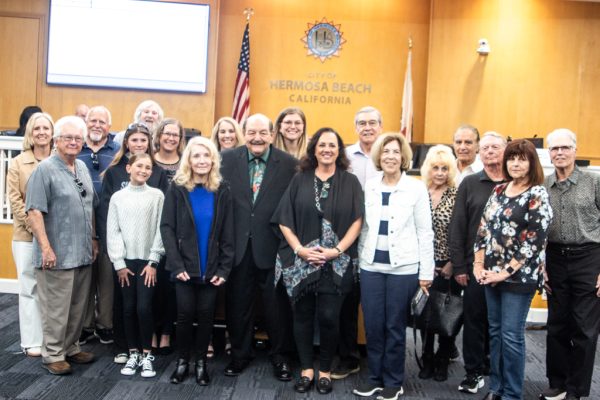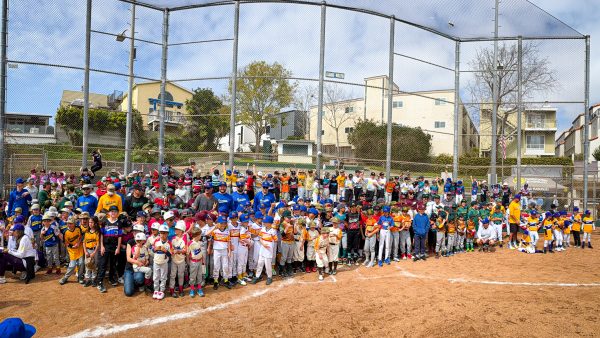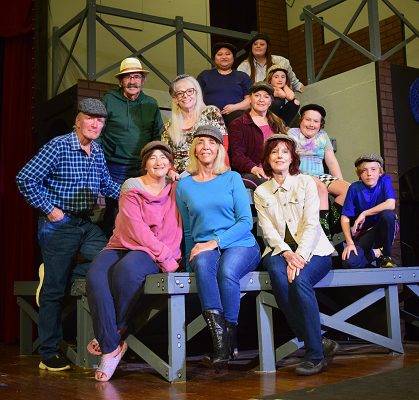
As development heated up in the late ‘90s, residents stepped forward to preserve Manhattan Beach’s traditional bungalow homes
by Richard Thompson
Community Development is where vision and planning meet execution, ripe with all the challenges and benefits that come with implementation of a common set of goals — that is to preserve what we love about Manhattan Beach while adapting to our ever changing needs.
Manhattan’s elected officials meet each year to discuss the community’s top issues and make recommendations to address these issues, in conformance with the City’s General Plan. The General Plan establishes the goals and policies. It’s also the mechanism to guide future development.
Typically, these issued deal with residential and commercial development, traffic and parking, and more recently environmental sustainability. They can be very controversial because of the competing needs and opinions of the city’s stakeholders. Over the past 10 years, noteworthy issues have included mansionization, traffic and parking, and green (sustainable) building.
Once the annual priorities are set by our elected officials, it becomes the task of the city staff to execute their vision.
Mansionization
Manisionization was a term coined to capture what resulted when people maximized their property’s development potential by maximizing the total square footage allowed. Mansion-like developments began to dramatically change the character of Manhattan Beach’s beach community feel because traditional bungalow homes were being scraped in favor of large “box-type” homes. One reason was because the city’s code, at that time, limited the types of improvements and modifications that could be made to small, non-conforming homes. As the development frenzy heated up in the late ‘90s, more and more residents expressed concerns to elected officials about the need to limit big box, residential developments to preserve the character of Manhattan Beach.
These concerns resulted in a change to the city’s building and zoning codes, allowing owners of traditional, non-conforming homes to make improvements without having to fix their non-conformities. While a win for homeowners, the impact to the Community Development Department was significant. More and more remodel projects started taking place in lieu of new construction. The number of homes being remodeled has quadrupled since 2008 while the number of new homes being built has dramatically declined. The impact to the city has been a strain on already limited resources because plan checking and counter assistance for remodel projects require considerably more time than new developments, while the revenues generated is less.
Other changes resulting from the new mansionization policy included requiring more open space, more trees and greater setbacks for new homes. The number of lots that can be merged together was also limited.
Traffic
Sepulveda Boulevard is Manhattan Beach’s most significant thoroughfare and the primary arterial through the South Bay. Congestion continues to grow. However, several notable improvements are planned for Sepulveda, which will improve traffic flow. Beginning next year dual left turns will be constructed at Marine and Sepulveda. The following year construction will begin to widen the bridge at 33rd Street, where it constricts from four lanes down to three just before Rosecrans Avenue. And, in 2014 dual left turns will be installed at Manhattan Beach Boulevard. These improvements, coupled with signal timing will improve the flow of traffic along this heavily traveled regional corridor.
Green Building
The City recently adopted new sustainable green building standards, as recommended by its Environmental Task Force. These include requiring implementation of new Leadership in Energy and Environmental Design (LEED) standards for commercial and civic buildings projects and new energy efficiency measures for residential buildings. The Planning Commission is also reviewing recommended changes put forward by the citizen’s task force. These include storm water provisions, landscaping policies and solar energy standards that will be implemented later this year.
Other Upcoming Projects
As the Manhattan heads into the future with new visions and ideas, there are some other noteworthy projects coming up. They include:
A master plan to remodel the Manhattan Village Mall Shopping Center will replace several older buildings, reconfigure entryways, provide pedestrian walkways, add more parking and update the overall design. The project will also improve traffic and pedestrian circulation. No time table has been set for when construction will begin.
A bicycle master plan is being prepared that will link seven South Bay cities, providing more opportunities for bicyclist to safely ride throughout the area. In addition, the South Bay Bicycle Coalition has received a grant to initiate further programs to encourage bike riding.
The Beach Cities Health District Vitality City program, in which city staff, business owners and residents are participating, will improve the health and wellbeing of our community by promoting existing health programs and implementing new ones. They will include walking programs, greater access to healthy foods in restaurants and grocery markets, and establishing social networks, recreation programs, and school programs.
As we look to the future, the challenge will continue to be to find new ways to do more with less. Our success will be measured by how well we work with our residents and other stakeholders to address pressing community issues.
Richard Thompson is the City of Manhattan Beach Community Development Director. ER










